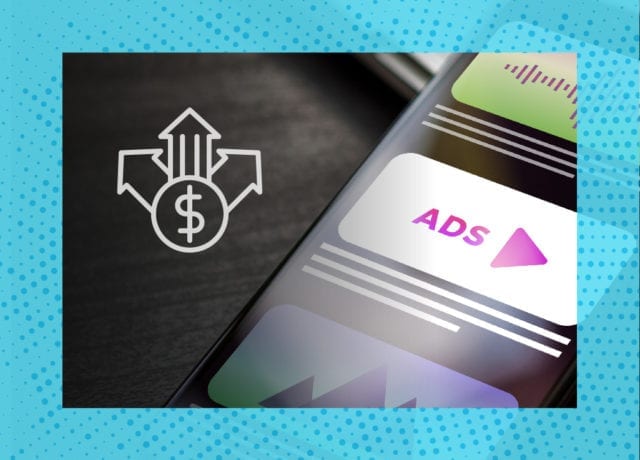Programmatic advertisers have been asking for more transparency and accountability from ad tech vendors for years.
Last year, ISBA and PwC found that as much as 15 percent of advertiser spend couldn’t be sourced. Despite this, advertisers in 2020 needed the flexibility that programmatic offered, so programmatic purchasing increased.
As the ad tech industry plans to say ‘bye’ to third-party cookies and Apple’s Identifier for Advertisers, how are ad tech leaders planning to accommodate an increased need of automated advertising, sans the digital thievery?
We encourage you to subscribe to our blog for the latest data surrounding the advertising industry. We will provide daily updates as COVID-19 continues to make its mark on the US economy.

Machine Learning and First-Party Data Will Drive Return
Machine learning has been used to facilitate programmatic advertising for years, but its first-party data capabilities are advancing.
“A prerequisite for success in autonomous advertising is to have an accurate way of measuring ROAS, online as well as offline,” explains Chief technology officer at Viant, Fabrizio Blanco. “This requires a platform built on people-based advertising, which uses first-party data to connect devices and actions, both online and in-store, to the identities of real people who own those devices.”
Machine learning will enable brands to use first-party data (online and off) to focus more on the entire customer experience, rather than just impressions or clicks.
Brands Need To Take Responsibility for Ad Tech Vendors’ Services
Marketer and professor, Dr. Augustine Fou, brings up a big point of concern. Companies, like P&G, Chase, and Uber significantly decreased their spending on digital, and saw no change in business outcomes. Is this because digital advertising doesn’t work, or is something else going on?
The problem, he argues, is that the vast majority of impressions and clicks are still from bot activity.
He says that advertisers need to ask their vendors to prove to them that ad impressions are actually taking place—with real humans. If they can’t, brands need to take things into their own hands. They can run experiments by turning off their digital spending for a set time period and analyze the result on business outcomes.
Packaged-Goods Marketers Have New Alternative to Cookies
Verizon Media reached a deal to use Catalina shopper cards for programmatic ad buying. This will form a demand-side platform powered by offline and online sales data from Catalina’s 236 million shopper cards, all without cookies.
“Verizon Media has a very strong first-party identity graph that is tied to hundreds of millions of users and content that’s very rich, ranging from the likes of Yahoo! Sports to TechCrunch and finance,” said Verizon Chief Business Officer Ivan Markman to AdAge.
This DSP will be used for programmatic advertising, but also out-of-home and connected TV buying.
For more updates like this, stay tuned. Subscribe to our blog for more updates on coronavirus and its mark on the economy.



